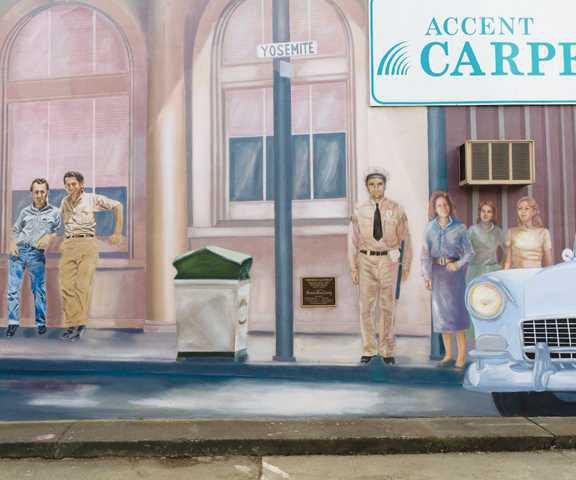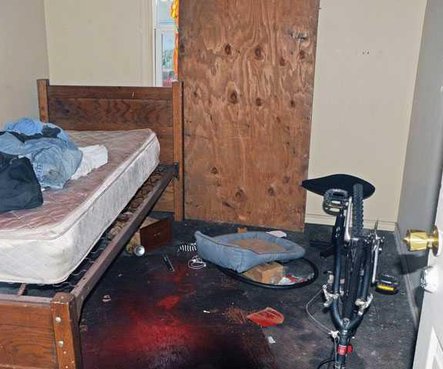Is Manteca crying wolf?
And if not, is the city blowing smoke in terms of what it can do?
It’s the two questions Manteca voters will answer in 75 days.
If we’re honest with ourselves, most of us know which way we are leaning with the answer.
And there are a set percentage that will always say “hell no.”
Do not judge them. They have the right to take that position. No explanation needed.
But at the other end of the spectrum, it is highly doubtful that there are people out there if you ask whether they will vote for a tax measure they will get giddy and ask where is the ballot to mark.
What this is about is Measure Q.
The proposed 20-year, three-quarter of a cent hike in city sales tax.
We are told it will go first and foremost to public safety and roads.
And unless the city keeps pursuing grants and other ways to increase the city’s bottom line, that’s likely what all of it will go for.
Do the math using constant 2024 dollars.
The tax would raise $13 million a year based on current spending trends.
Take $2 million off the top to pay all costs related to hiring nine firefighters from wages and anticipated overtime to payroll costs that includes insurance, workmen’s compensation, and retirement liability.
Not saying the city would it do it this way, but for the sake of trying to get a handle on whether there are basic things that are do-able, take out $8 million from the first full year of revenue and cover 100 percent of the cost of a new fire station.
That leaves $3 million for roads.
A nice round number.
For argument, let’s say that stays constant for 20 years. That’s $60 million in road work.
Let’s go to the main event, the most important pressing capital outlay besides a sixth fire station.
That would be the $56 million police station.
The city, as things now stand, could put $20 million it already has on hand in government facilities fees collected from growth to go toward the police station.
Assume they secure no grants to help with building the facility.
If Manteca borrows $30 million for 15 years at 6 percent it would cost $18.6 million in interest.
That represents a payment obligation of just under $3.3 million a year to cover the combined $48.6 million in interest and principal.
Again, this is a hypothetical situation.
Next set aside $2 million annually to cover a long list of capital needs for everything from replacement vehicles to upgrading equipment before it fails.
Then add everything together for ongoing costs to address the marque issues of public safety and roads plus catch up on capital expenditures.
On an annual basis that’s $2 million for firefighters, $3.3 million to retire a 15-year bond for the police station, $3 million a year for roads, and $2 million to cover a wide repertoire of capital needs whether it is a replacement fire engine or police patrol vehicle to playground equipment reaching the end of its life expectancy.
That’s $10.3 million annually.
It would leave $2.7 million to go toward other needs whether it is community recreation amenities, or even more funds to strengthen police staffing needs and such.
Keep in mind the city is still collecting growth fees for government facilities.
So the answer to the question is whether the city is blowing smoke, the answer is a three-quarter of a cent sales tax hike for 20 years is do-able.
Using a 15-year horizon instead of 20 years eliminates concerns whether a bond to cover the balance on the police station project can be paid back before the 20-year tax ends.
And paying for the sixth fire station in the first year in the scenario outlined paints a cleaner picture on the viability of a three-quarter cent ask.
That leaves arguably the main question: Is the city crying wolf?
If road conditions, the fact fire engines and police cars that need to be in tip-top shape for emergencies are replaced until they fall apart, and response times to fire-medical emergencies aren’t being stretched to the point they are unacceptable in southwest Manteca isn’t enough to convince you city is struggling, may I suggest a tour?
A 30-minute walk through of the police department will do the trick.
Given it would be difficult at best to get every voter a chance to see exactly what the city is dealing with, the police command structure is preparing a video tour to show what they are up against.
There are 118 employees — police officers and support staff — working in space designed for half as many people.
The building has security issues, efficiency issues, mechanical issues, and even issues with the ability to accommodate the latest tech that is proven to work to reduce crime.
There are pressing needs.
And the city lacks adequate funds to address them.
The police facility is a prime example of the dangers of using Band-Aids only to solve problems.
Sooner or later you run out of ways to apply Band-Aids.
And then it gets to the point it no longer works.
If that is the city you want, that’s OK.
Just keep in mind when things take their natural course, you need to settle for subpar roads and subpar public safety.
It’s a scenario that can be avoided literally by pennies a day.
No one likes paying taxes.
That said, no one should like subpar roads or subpar public safety.
This column is the opinion of editor, Dennis Wyatt, and does not necessarily represent the opinions of The Bulletin or 209 Multimedia. He can be reached at dwyatt@mantecabulletin.com






